Dutch Windmill, Cultural Center Celebrate Heritage in Fulton, Illinois
By Cathy Lockman |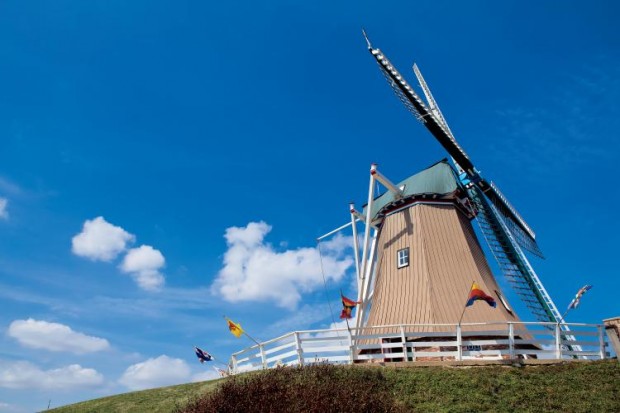
More than 4,000 miles separate the Netherlands and Northwestern Illinois, but the community of Fulton shares many Dutch traditions – and some similar landmarks. For one, a 100-foot wooden windmill dominates its riverfront. Known as de Immigrant Windmill, it serves as both a testament to the town’s heritage and the pride of its residents.
This heritage dates back to the mid-1800s, when families arrived in Fulton from the Netherlands. In 1872, nearly 60 Dutch families lived in the town. Less than two decades later, that number had grown to almost 200 families, nearly all of whom were members of the Dutch Reformed Church. Many of the 3,400 people in Fulton today descended from the original Dutch immigrants.
One of those proud descendants, lifelong Fulton resident Judy Holesinger, has volunteered at the windmill for the past decade. A retired physics teacher, Holesinger works as one of 22 volunteer millers who have responsibilities for the daily operation of the windmill.
“There are manual tasks, and there are docent responsibilities,” says Holesinger. She explains that the manual tasks of a miller include securing the safety features, working the braking system, checking wind velocity and direction, and turning the cap into the wind. It also means maintaining the lubrication of the mill’s all-wooden gears, using all-natural products – such as sheep’s fat, pork fat and beeswax – to protect the wood and maintain the authenticity of the process. Millers also bag the flour ground at the fully operational windmill. Depending on the wind, that can mean more than 200 pounds of flour each day.
In addition to that work, volunteer millers explain the workings of the mill, as well as its history, to the more than 10,000 visitors who tour the landmark each year.
Despite its Old-World look, the windmill has been in Fulton only since 2000. But that doesn’t mean it isn’t authentic. In fact, it was manufactured in the Netherlands, shipped to Fulton, and then assembled by Dutch craftsmen who traveled to Fulton specifically for that purpose.
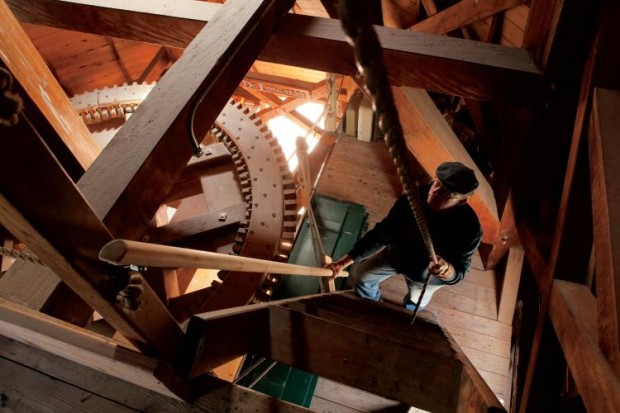
Winds of Exchange
At nearly 10 stories tall, de Immigrant Windmill may be the most obvious sign of Fulton’s Dutch heritage, but the town also celebrates its past in other ways. Heather Bennett, director of tourism for the City of Fulton, explains that the city’s newest addition, the Windmill Cultural Center, provides an educational complement to the windmill. Dedicated in April 2010, it houses a collection of European windmill replicas donated by Henk and June Hielema, Dutch immigrants from DeMotte, Ind.
“Mr. Hielema came to visit our windmill in 2008,” says Bennett. “He fell in love with the passion of our volunteers and felt that the collection he had built would have a good home in Fulton.”
With the Hielemas’ collection, the community’s enthusiasm and a grant from the state, the Windmill Cultural Center was established. It offers visitors a chance to see small-scale replicas of windmills from 10 different countries and to learn more about the cultural impact of windmills from the displays as well as activities, video presentations and special exhibits.
That emphasis on education and culture, Holesinger says, creates value for visitors and residents alike. “We encourage cultural exchange,” she says. “We’ve had Dutch millers come to Fulton, and our millers visit other mills. I’ve been to the Netherlands, and this year I visited Irish mills.”
Those opportunities help educate the millers, who in turn educate the public, including establishing curriculum for teaching school groups and future volunteer millers.
“We have a Millers Club for young people ages 9 to 16. We have a workshop in the summer and meet monthly to encourage their interest.” Holesinger notes. She says the avenue allows them to pursue their interests, to learn about geography, as well as the mechanics and cultural aspects of the mill, and to meet people from across the world.
It also carries on the proud Dutch tradition of the Fulton community.
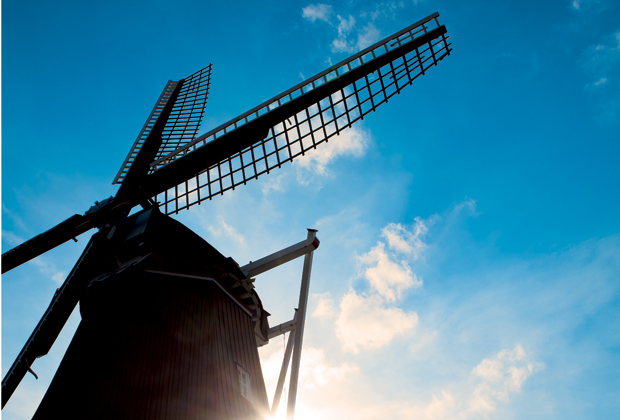
If You Go…
De Immigrant Windmill is open on weekends in May and every day from June through October. The Windmill Cultural Center, located adjacent to the windmill, has the same hours of operation. The center hosts a variety of educational programs for children and adults throughout the year. Admission to both the windmill and the center are free; donations are suggested.
For more information on these two Fulton attractions, as well as Heritage Canyon, a 12-acre nature walk that takes visitors back to the 1800s, visit www.cityoffulton.us.


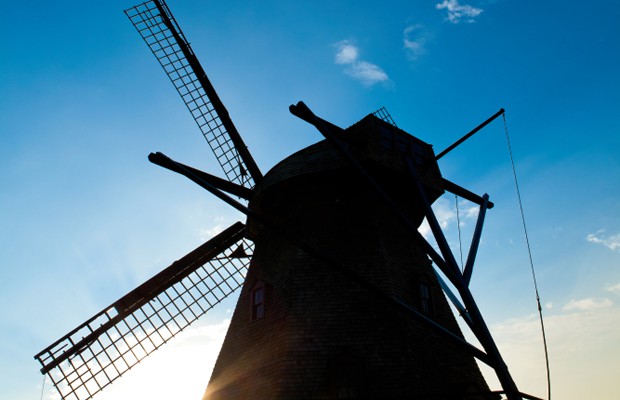
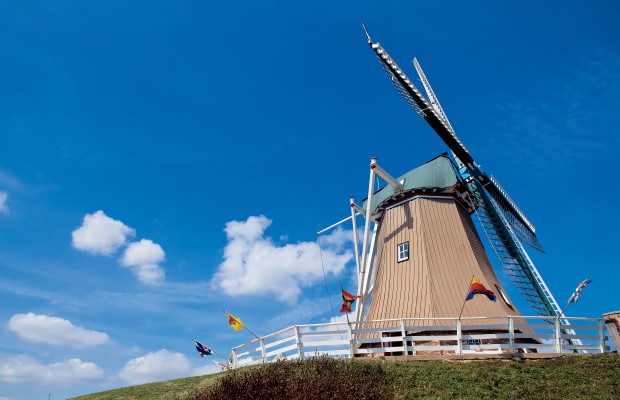
Great article!!! We appreciate your interest….hopefully other readers will also. Thanks